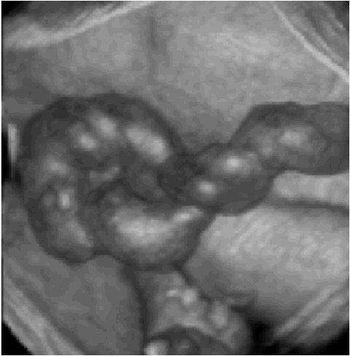
OBGYN.net Staff
Articles by OBGYN.net Staff





A | B | C | D | E | F | G | H | I | J | K | L | M | N | O | P | Q | R | S | T | U | V | W | X | Y | Z

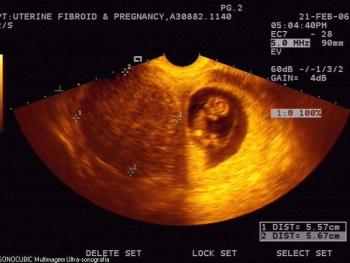


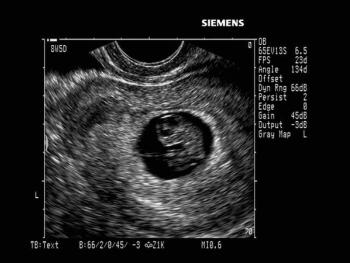
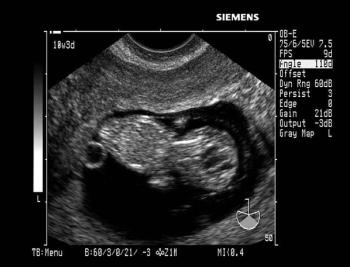
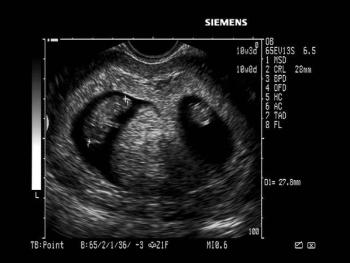
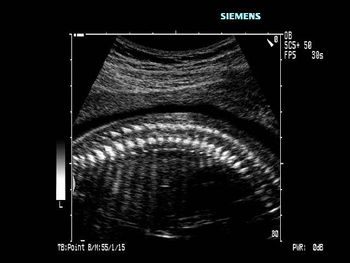
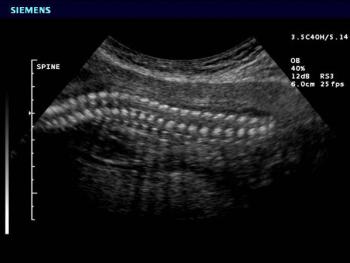
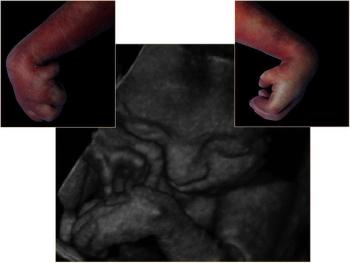
Test your ob/gyn knowledge in our DailyDx.
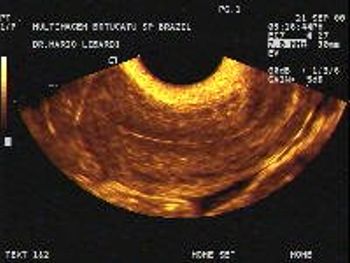

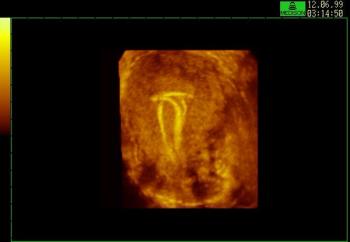

The Pelvic Pain and Urgency/Frequency (PUF) patient symptom scale is a diagnostic tool used to screen patients with chronic pelvic pain. Developed by C. Lowell Parsons, MD, the PUF self-report questionnaire uses a symptom score (which measures how often a patient experiences problems) as well as a bother score (which notes the degree to which the symptoms bother the patient); the bother and symptom score combine for a total PUF score. The scale takes about 5 minutes to complete. Scores range between 0 and 35, and studies have indicated that a score greater than 12 is indicative of significant symptoms.

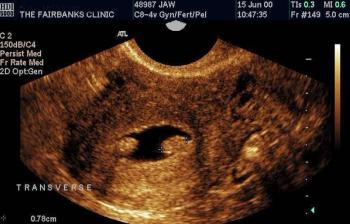

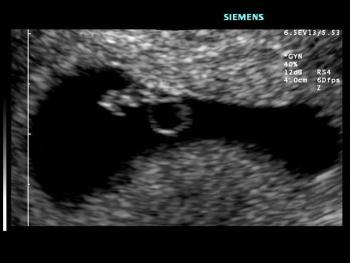

The Supreme Court sided with Roche Molecular Systems over Stanford University in a patent dispute for an HIV testing kit that uses polymerase chain reaction (PCR) technology. Dr Mark Holodniy, a fellow at Stanford University and inventor of the PCR technology, was assigned by the university to conduct research at Cetus.

One in nine women will develop breast cancer during her lifetime, provided she lives to age 85. Most breast cancer is NOT genetically linked – less than 16%. In the study by Stavros et al., July 1995, – over 80% of all sonographic, biopsy proven, solid nodules were benign.

Doppler ultrasonography (US) is increasingly being utilized as an imaging modality in breast cancer. It is used to study the vascular characteristics of the tumor.

This random retrospective cross-sectional study was preformed to determine the frequency of uterine malformation in restricted gene pool communities. In 4 groups of women desiring to conceive during their reproductive years, all women lives in lacrete, a community in north Alberta, Canada

Screening for osteoporosis should be conducted for all women 65 years and older and for younger women whose fracture risk is equal to or greater than that of a 65-year-old woman who has no additional risk factors, according to a US Preventive Services Task Force (USPSTF) recommendation statement draft. The proposed new USPSTF guideline would broaden the 2002 version, which recommended routine screening only for women 65 years and older and women aged 60 to 64 years who are at increased risk for osteoporosis fractures.

Patients are using email to communicate with their doctors more than ever. But what are they corresponding about? A group of researchers recently evaluated unsolicited emails sent from patients to their general obstetrician-gynecologist to better understand why patients email their physicians.
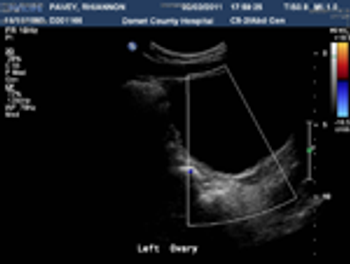
Mayer-Rokitansky-Kuster-Hauser (MRKH) syndrome affects at least 1 in 4500 female births.1 The syndrome consists of vaginal aplasia with other müllerian duct abnormalities. The characteristic feature of MRKH syndrome is congenital absence or underdevelopment of the upper vagina and uterus; it is rarely associated with unilateral renal agenesis, ectopia, or horseshoe kidney.
